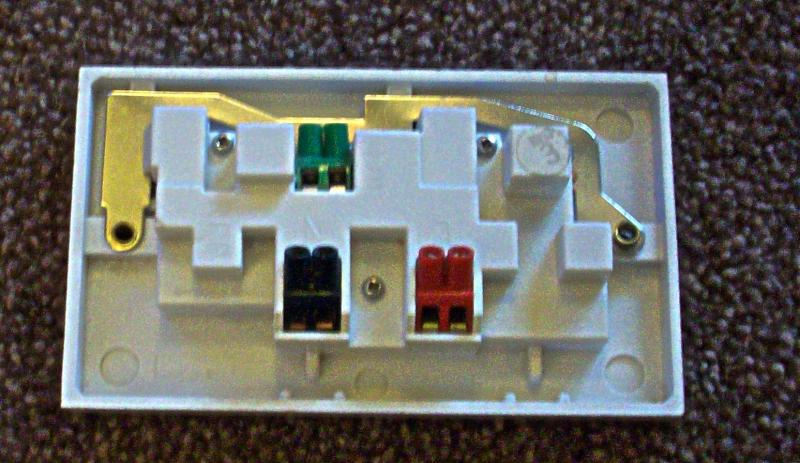I was apprenticed under a spark who trained on the 14th. I virtually learnt all the 14th Ed. at work and the 15th Ed. at college simultaneously. I even have a copy of the 14th!!
AFAIR, it was regulation B60 that got everyone twisting the conductors together:
B60. All terminations of cable conductors and bare conductors be mechanically and electrically sound...
Nowadays, with stranded conductors, we don't do that. But you know how these days when a new Edition of the regs is released there are seminars and courses we can go on with practical suggestions of ways to comply with the changes? Well, I think that whenever that reg. was introduced (it may have preceded the 14th Ed.) it was suggested that the way to comply with B60 was to twist the conductors together.
Even with stranded conductors today, I think it's naff. But with solid conductors, it's downright dangerous, as the solid cores are stressed and can fracture, leaving ring finals and earth continuity open circuit and, as has already been mentioned, it is a PIA to test, inspect and fault-find.


